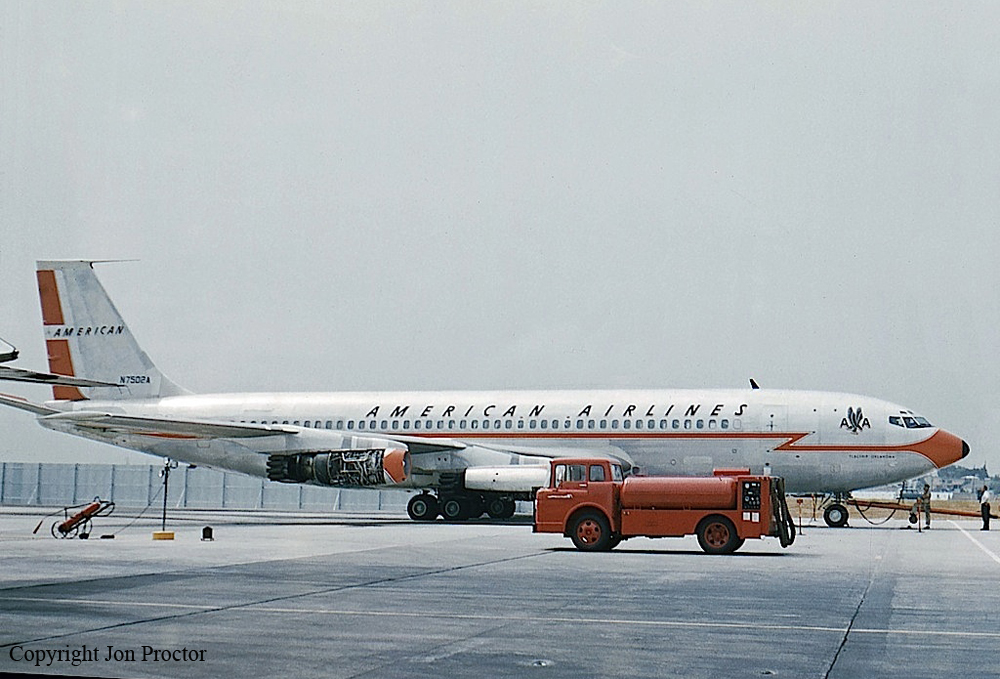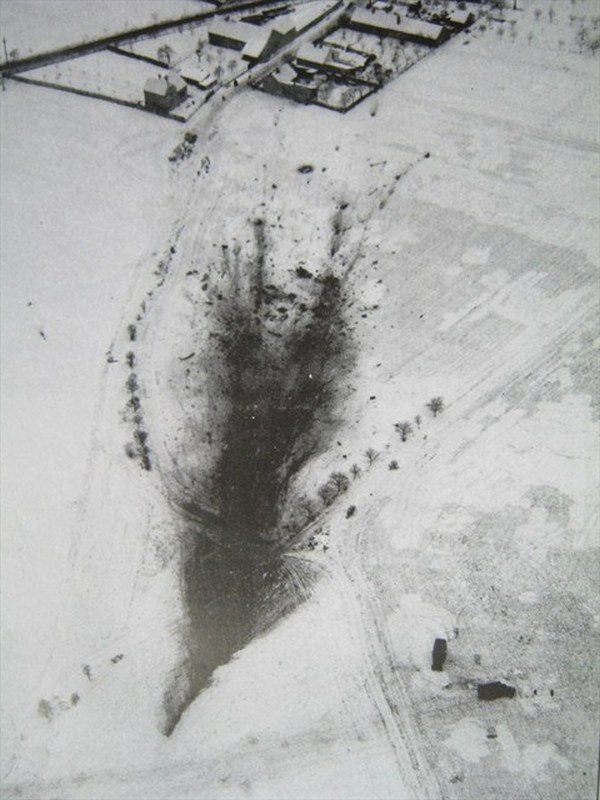Crash of a Douglas DC-6A in Shannon
Date & Time:
Mar 26, 1961
Registration:
G-APOM
Survivors:
Yes
Schedule:
Shannon - Shannon
MSN:
45519
YOM:
1958
Crew on board:
6
Crew fatalities:
Pax on board:
0
Pax fatalities:
Other fatalities:
Total fatalities:
0
Circumstances:
The crew was completing a local training mission at Shannon Airport. Following several touch-and-go maneuvers, the pilot performed a normal landing and prepared for takeoff again when one of the crew member inadvertently raised the undercarriage. The airplane sank on its belly and slid for several yards before coming to rest in flames on the left edge of the runway. All six crew members were evacuated safely while the aircraft was destroyed.
Probable cause:
The accident was the consequence of the following factors:
- Poor crew coordination,
- Poor flight preparation,
- Lack of pilot experience.
- Poor crew coordination,
- Poor flight preparation,
- Lack of pilot experience.














